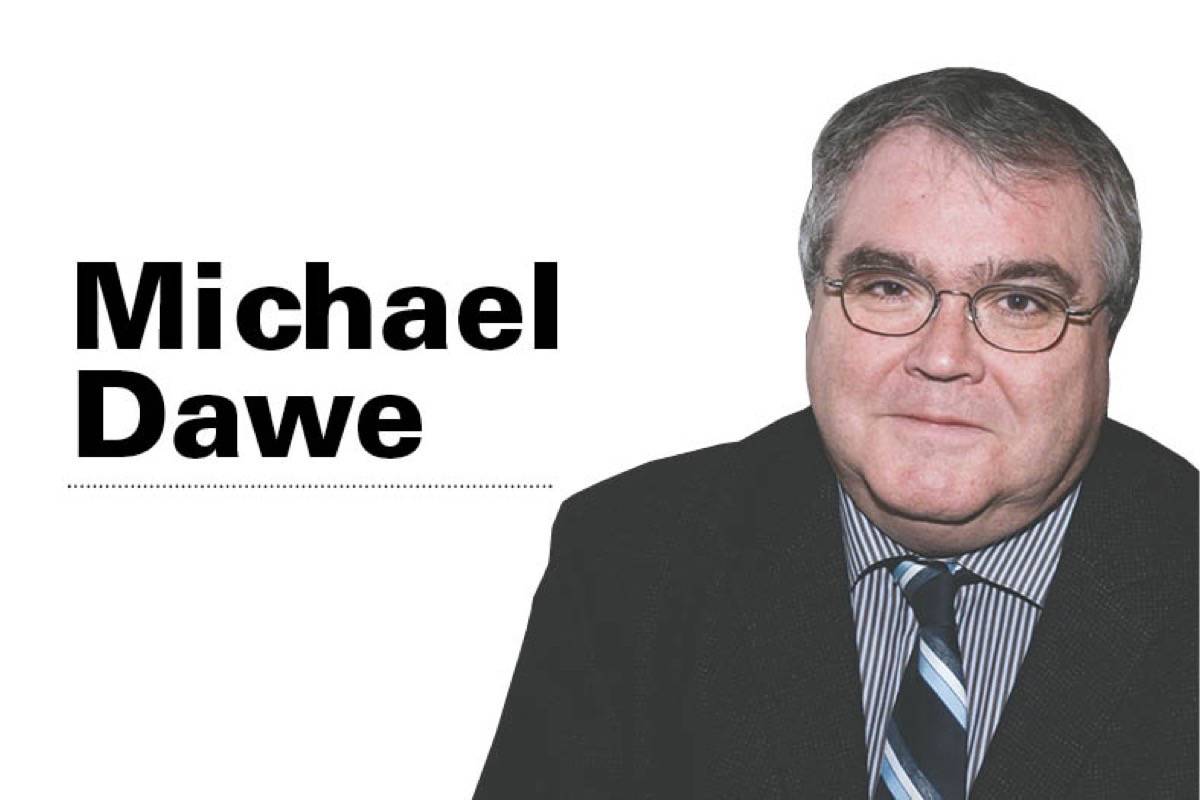Today is the Fourth of July – the day when Americans celebrate their Declaration of Independence in 1776 with a national holiday, a great deal of festivities and fanfare, and a tremendous amount of fireworks.
There is a lot of discussion these days about the relationships between Canada and the United States. However, the interconnections between the two countries are extremely deep and go back many generations.
In the early days of Alberta’s history (i.e. the 1860s and 1870s), one of the main transportation routes into the region was from Fort Benton, Montana.
Fort Benton was a major port for steamships coming up the Missouri River.
From that point, freighters and traders then made their way north over what was sometimes referred to as the ‘Whoop-Up’ Trail and into southern Alberta.
The arrival of the Canadian Pacific transcontinental railway to Calgary in 1883 greatly reduced the amount of traffic using the Fort Benton/Whoop-Up Trail.
It became more economical to ship goods by train to Calgary and then northwards on the Calgary-Edmonton Trail.
Nevertheless, a great deal of trade came from such major centres as Chicago, in the American Mid-West, to Winnipeg and then westwards across the Canadian prairies. Moreover, cattle ranching was one of the first mainstays of the western Canadian economy. While Montreal was a major centre for the Canadian cattle market and exports to Great Britain, a vast amount of western Canadian beef was shipped to the Chicago stockyards and meat packing plants.
The great settlement boom in western Canada commenced in the latter part of the 1890s and extended to the start of the First World War.
By 1911, 22% of Albertans were American born.
It is estimated that between 1898 and 1914, more than 600,000 settlers came up from the United States to take up homesteads, buy land and/or establish new homes and businesses in what was described as the ‘Last Best West’ of the Canadian prairies.
Central Alberta was no exception to this pattern as huge numbers of Americans flooded into the region. One particularly noteworthy event happened at the turn of the last century when a sizeable number of American families came up, initially by covered wagon, to the area north west of Lacombe.
The new district became known as Nebraska, after the state from which these families had originated.
Other Central Alberta districts took names which reflected the large numbers of Americans who settled there. One was Iowalta – short for Iowa, Alberta.
Another was Usona, short for United States of North America.
An area near Spruce View/Dickson became known as Yankee Flats. The Rimbey area was originally known as Kansas Ridge, because of the large numbers of settlers from that state.
The Rimbey family, whose name was later used for the community, originated in the United States.
Many of the Scandinavian and other ethnic settlements in Central Alberta had American roots. For example, most of the Icelanders at Markerville had originally settled in the Dakotas of the United States.
The Danish settlement at Dickson was mainly made up of families who had initially settled near Omaha, Nebraska. Some of the first settlers at Sylvan Lake (the Loiselles) were natives of Quebec, but had first settled in Michigan.
The First World War brought an end to the great pioneer settlement boom in western Canada.
However, for many decades since, people have moved back and forth across the Canadian/American border as they have sought new homes and opportunities. Hence, a great many Albertans today continue to have extensive family ties and other connections with the United States.



